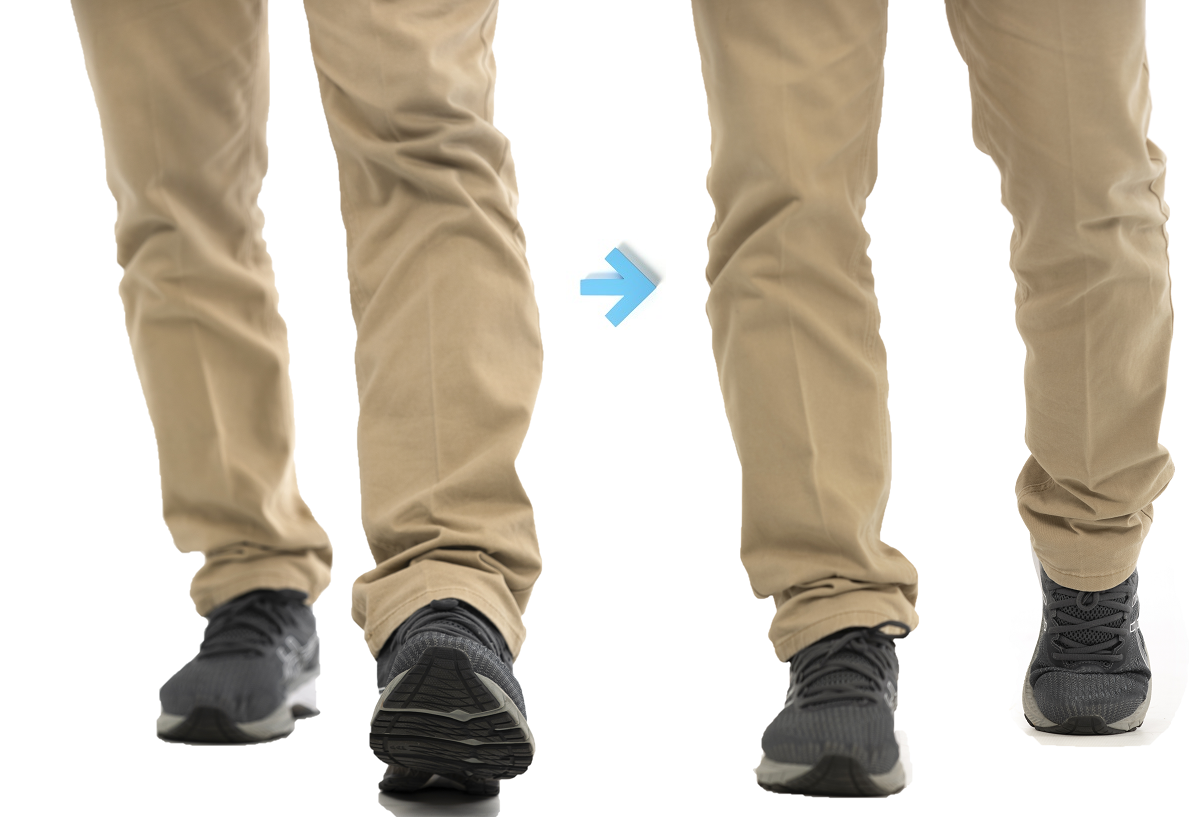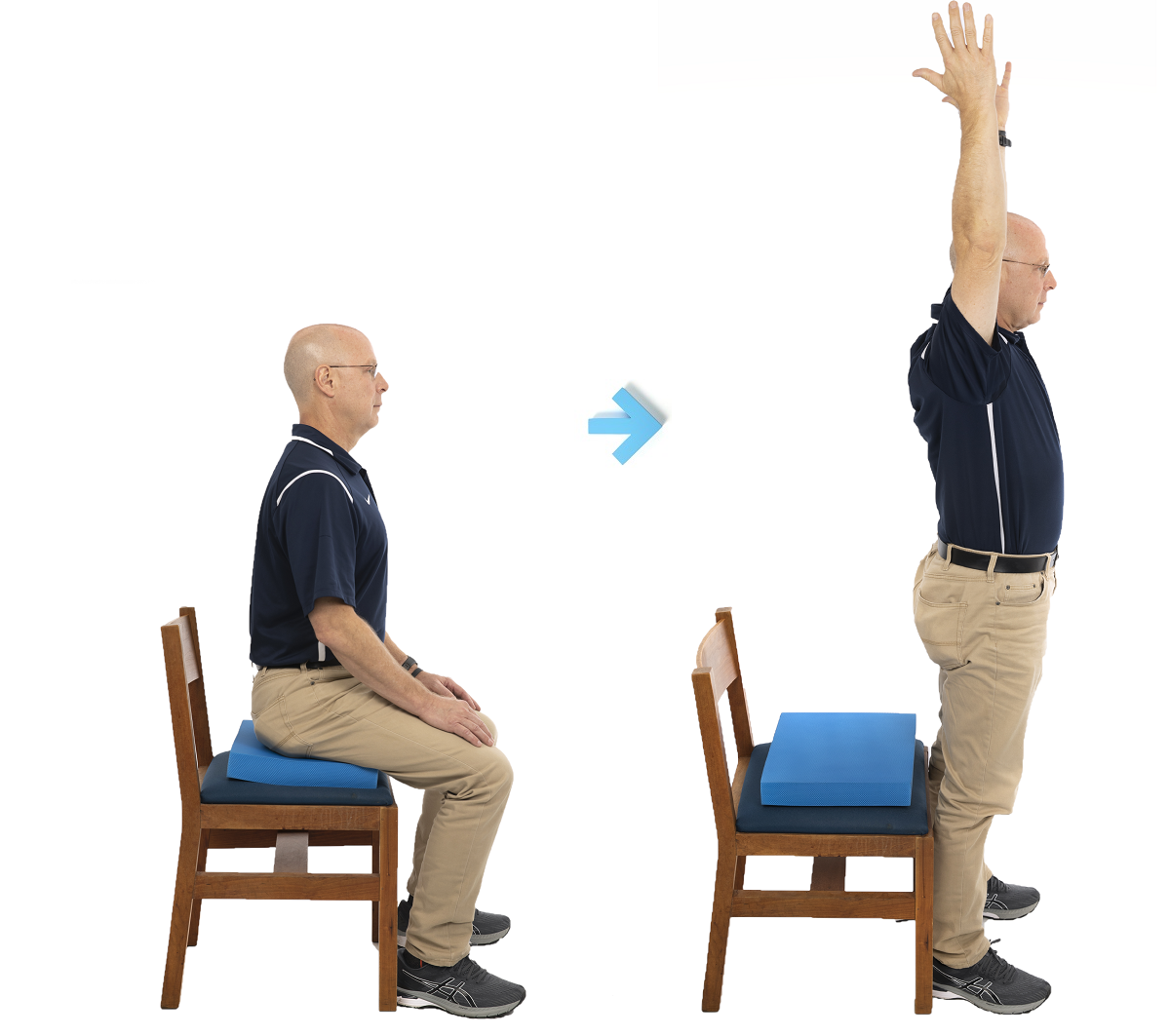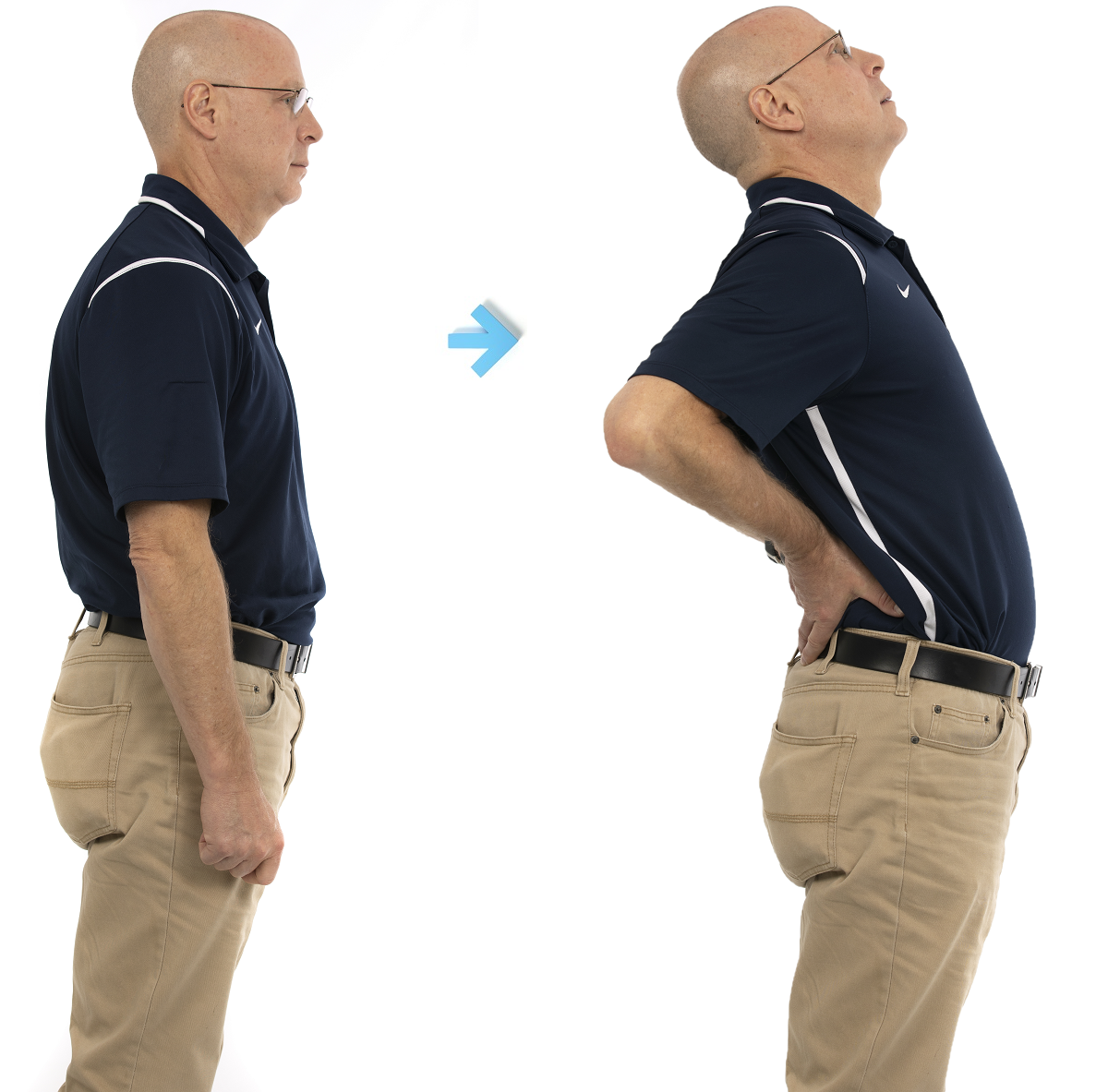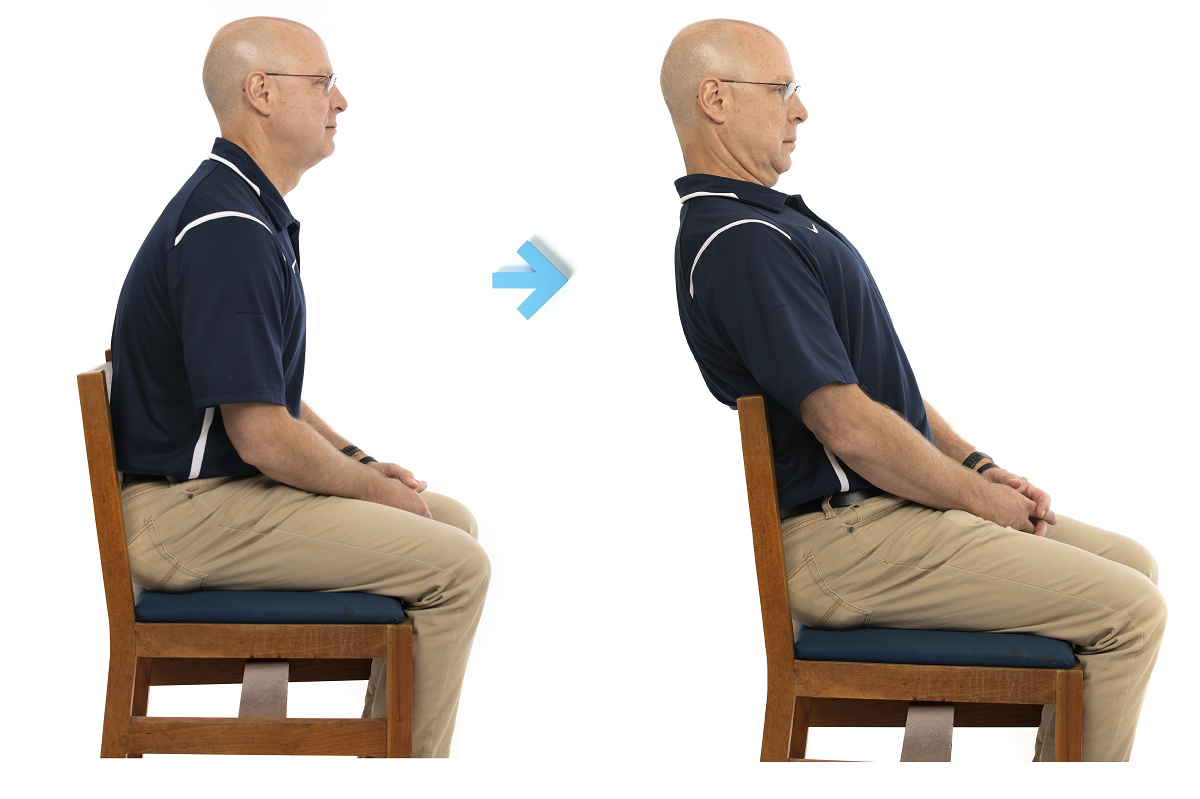The Medical Minute: Sitting too long? Five remedies for back, neck pain
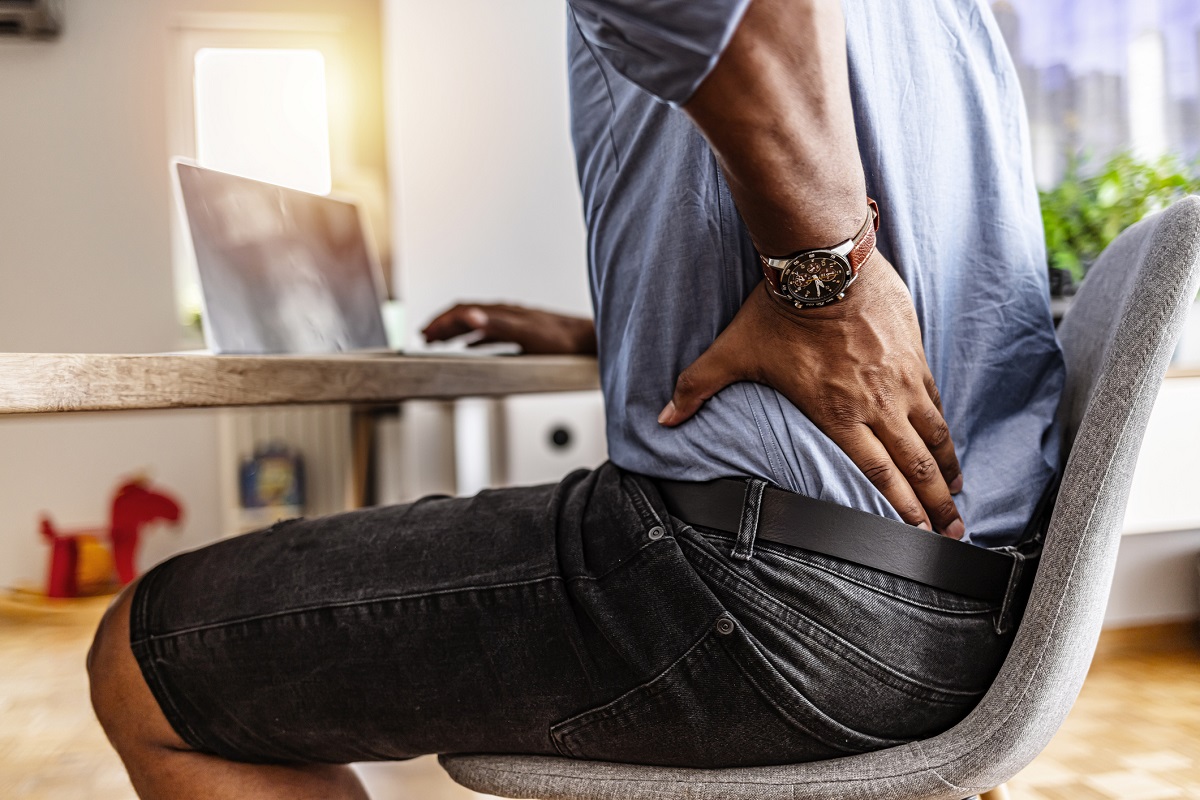
Among codependent relationships, few cause as much damage as the connection between American posteriors and the chairs on which they sit.
And few couples are as common. A January 2020 study from the U.S. Centers for Disease Control and Prevention (CDC) estimates that 15 percent of U.S. adults are physically inactive – and that’s before the pandemic brought a flood of telecommuters. Inactivity is the culprit behind obesity, heart disease, type 2 diabetes and some forms of cancer.
And that’s not all. Since many Americans spend hour upon hour in office chairs in poor posture, physical therapists like Dean Plafcan deal every day with non-traumatic injuries. “Injuries from overuse or habitual posturing that leads someone to develop a problem with their say their neck or their back,” said Plafcan, the lead physical therapist at Penn State Sports Medicine in State College. “Sitting in a slumped posture might not cause a big injury, but that low-level constant stress, repeatedly ― you’ll end up with injuries.”
The answer doesn’t have to be long hours at the gym or a stretching regime that looks like a contortionist act. Some simple, comfortable moves can do wonders for your spine, Plafcan says.
But the key to everything must be movement. Find a reason to get up.
Plafcan here offers the top five exercises and stretches you can do to help you avoid the injury and pain of a sedentary lifestyle. That’s him in the photos.
“Do this four or five times a day,” he suggests.
Walking
The act itself isn’t much of a trick. Put one foot in front of the other. Repeat.
But the reason can be challenging. Email, social media, Zoom – so much technology eliminates the need for walking.
Plafcan suggests challenging yourself. Don’t take the parking space closest to the door; aim for a corner of the lot that makes you walk a little. Don’t send the email; get up and talk to the recipient.
“Movement is associated with positive health benefits and vitality,” he said. “You look at the body systems, respiration, better digestion, circulation, bone health, strength and general vigor – it’s all there.”
CDC suggests taking 10,000 steps a day. That’s about five miles.
Stand up
Plafcan suggests sitting on a pillow to extend your knees a little more than you would just sitting in the chair, eliminating some of your crouch.
Several times a day, stand up. Get your arms involved and raise your hands over your head.
“Just alleviate that sitting posture several times a day,” he said.
Standing back arch
Lean your shoulders backward and push your hips forward. Be gentle. The key with all of these moves is not to over extend – rather, to combat the creep.
Muscles can be pliant. After you bend a certain way and hold it for a length of time, you’ll find that your limbs and musculature have a tendency to continue moving even further in that direction. Or, as Plafcan puts it, to creep in that direction.
Sitting at your desk at a computer, you may find that your body is hunched over. Gently moving in the opposite direction fights your body’s tendency to creep in that direction.
Seated arch
While seated in your normal posture, touch the small of your back with your fingertips. Feel the buttons of your vertebrae. Now gently arch your back until they disappear.
Again, don’t arch too hard. Gently engage your front abdominal muscle – the transverse abdominis – and the muscles in your lower back.
“It’s a gentle movement,” Plafcan said. “You don’t need to go as far as you possibly can. You don’t need to jam your back in full extension. That will bring blood and circulate blood and remove chemicals that build up.”
Neck stretch
“Your head is a like a 16-to-18-pound bowling ball,” Plafcan said. “Once you get the bowling ball forward enough on your neck, the structures of your neck are stressed. So, if you can find a way throughout the day to unload those a little bit, that can go a long way to keeping your neck healthy.”
Plenty of patients come to see Plafcan complaining of pain between their neck and middle back. Prolonged support of the head in a slouching position can cause that pain. This stretch forces you to move in the opposite direction.
Related content:
- The Medical Minute: Consider physical therapy before being injured
- The Medical Minute: Pickleball’s popularity surges, health benefits abound
The Medical Minute is a weekly health news feature produced by Penn State Health. Articles feature the expertise of faculty, physicians and staff, and are designed to offer timely, relevant health information of interest to a broad audience.
If you're having trouble accessing this content, or would like it in another format, please email Penn State Health Marketing & Communications.

